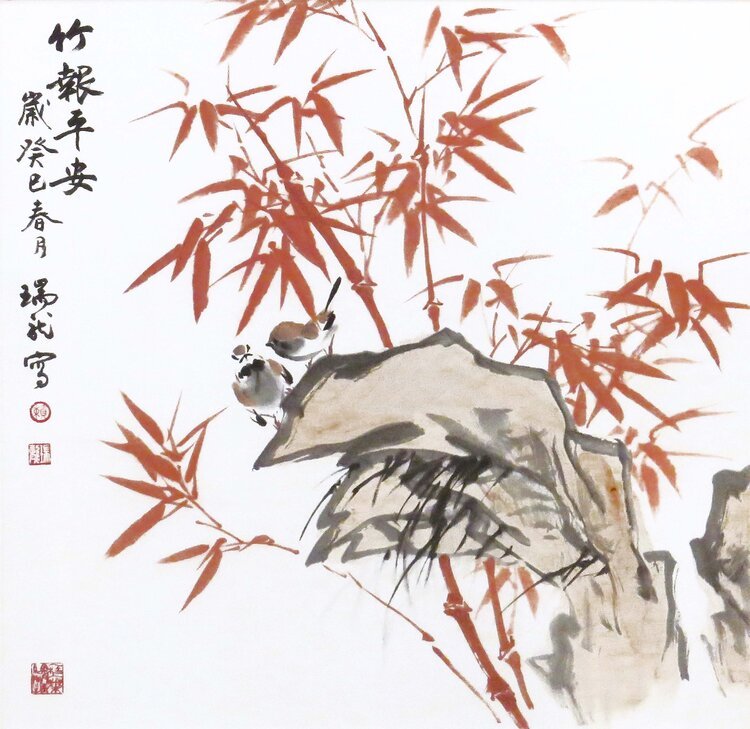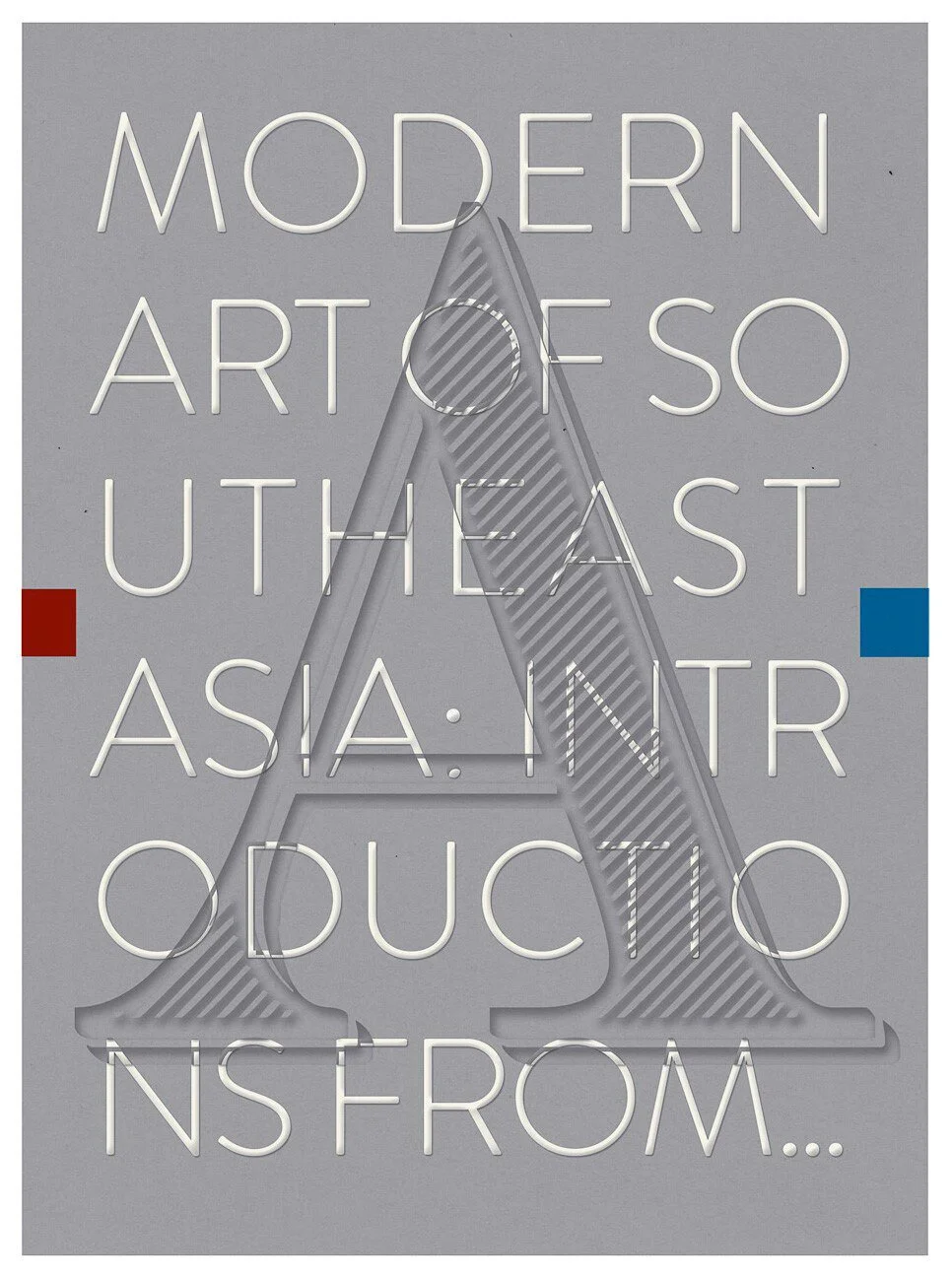Tan Choh Tee is a second generation artist who takes pride in painting landscapes of Singapore and nearby regions. He takes inspiration from the atmosphere of his sites and aspires to immerse the audience into the same experience. The eastern and western influence in his painting techniques are evident as he depicts natural landscapes with impressionist strokes. Apart from his artistic background, there are also interesting stories behind his art journey over the years.
The Stories
He STUDIED at THE Nanyang Academy of Arts.
Being a full time student while attending classes 5 times a week at the Nanyang Academy of Fine Arts, he still worked after school part time to earn extra allowance for art materials. studied under Nanyang style artists such as Cheong Soo Pieng, Georgette Chen, Liu Kang and Chen Wen Hsi.
2. he sold his paintings for $35.
After graduation, he sold his paintings just for a price of $35 each to foreigners like the Indonesians, Westerners or Taiwanese who came to Singapore to purchase paintings in bulk. He then used his earnings of a few hundred dollars to cover the costs of his art materials from Straits Commercial.
3. his First full-time job was at far east publications.
Tan Choh Tee worked was at Far East Publications which published textbooks, he was in charge of drawing pictures in these publications. He was the first batch of artists to join the art department at the company, there were only 2 of them at that time.
Having worked for 13 years, his pay increased from merely $200 to $1,100 from 1962 to 1975. However, he eventually quit his job despite being offered a better salary due to his frustration of old Singapore buildings being demolished before he could complete painting them, which then motivated him to concentrate and pursue his passion full-time.
4. he also designed window displays.
He once designed a display window for shops at Yohan Department Store several times. Although he was not painting like usual, he was still able to use his fine art skills to plan the product placements and designs of the space. It was almost like arranging and placing items in his usual still-painting set ups.
5. he held painting classes for students at his home.
During his usual painting sessions in Chinatown, a student approached him to enquire the possibility of learning how to paint from Tan, alongside 9-10 other interested students. Thus he agreed and charged $40 for weekly lessons in a month for his private lessons.
However, after knowing that one of his students came from a poorer family background, he reduced his rates by half, charging all his students $20 a month instead. This was exactly what his principal from NAFA did when he was studying.
6. his travel endeavours
Taiwan
Tan had 5-6 solo exhibitions in Taiwan as Taiwan was in the stage of rapid development, many land owners sold their land to property developers and made a large profit. Many of these businessmen started buying paintings and many galleries were also set up during that time. During his trips to Taiwan, he would spend a minimum of two weeks exploring different areas and hanging out with friends.
His exhibitions were organised and run by the local galleries. Being very serious about his exhibitions in Taiwan, if there was a show that was planned for the end of the year, he would travel to Taiwan and spend 20 over days to paint at different parts of Taiwan in the beginning of the year first. Subsequently, bringing the whole collection back to Singapore to apply his finishing touches before bringing them back to Taiwan at the end of the year for his show.
Dunhuang, China
Tan Choh Tee applied to go to the Dunhuang Academy China as the paintings in the caves had beautiful colours and the ways of expression were very unique. He wanted to go and experience this personally despite the difficult living conditions (the room only had one bed and a basin for washing purposes, meals were porridge, beansprouts and dried tofu). He observed that the early murals used broad strokes and was attracted to aspect as he felt that this application brought out an artist’s unique painting style.
However he was uninterested in the murals from the Qing dynasty where vibrant colours were applied and exquisite. He could have access to over 10 caves, many of which were not open to public because of the recommendation letter that he got from the Central Academy of Fine Arts and continued staying at Dunhuang’s hostel for a week.
7. his friendship with mr zhang wan chuan
Mr Zhang Wan Chuan was a senior artist in the Taiwan art scene at that time during his travels. He would call up the art galleries that Tan Choh Tee did shows at to request them to do a decent job. Tan also liked Mr Zhang’s paintings very much and even purchased a few paintings from him although they were $1,000 to $2,000 each at that time, which was expensive to Tan. They were very close and supportive of each other and their artistic practices. Mr Zhang Wan Chuan has since passed away and Tan still keeps his paintings dearly.
Information from National Archives Singapore online, Oral History Interviews







